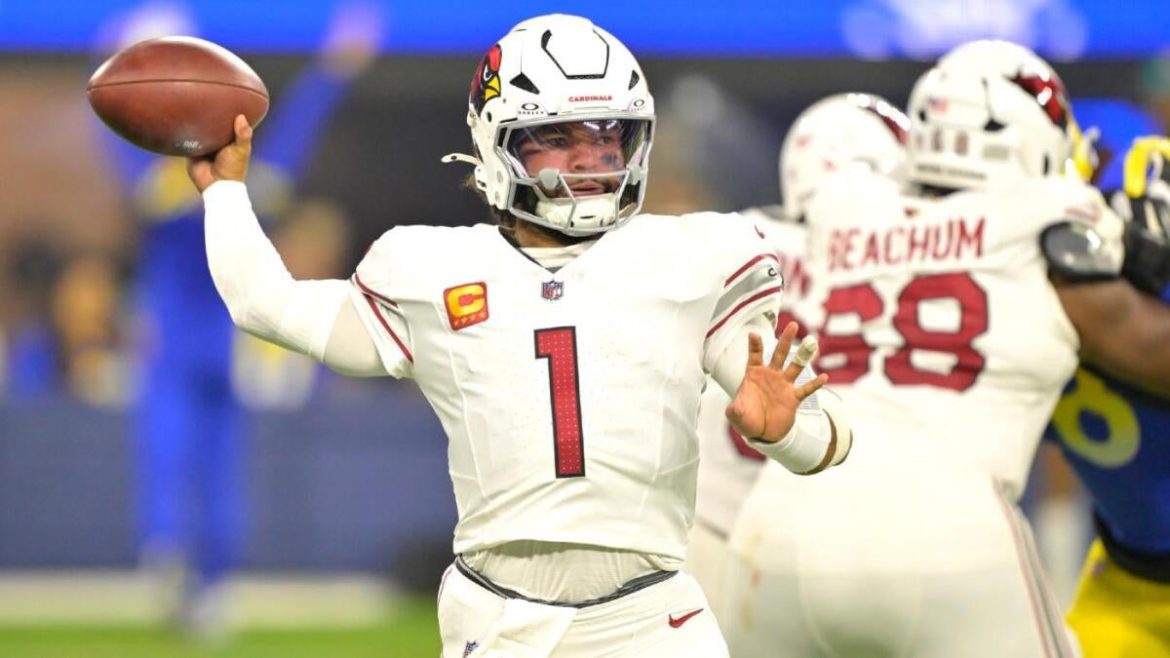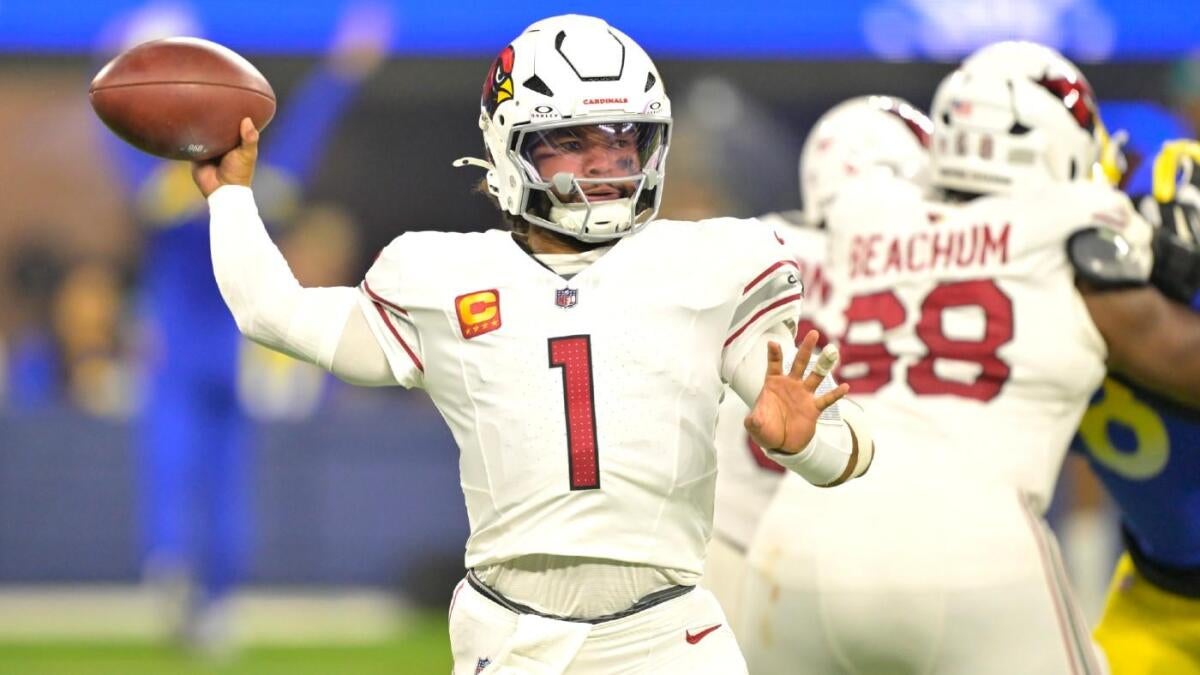The hunt for hidden gems in fantasy football is an annual ritual that separates the contenders from the pretenders. Sleepers—those under-the-radar players who outperform their draft positions—are the lifeblood of championship rosters. In 2025, the fantasy landscape is more competitive than ever, with advanced analytics, predictive models, and a fresh wave of breakout talent reshaping the way managers approach drafts. To gain an edge, it’s not enough to simply identify sleepers; understanding how high-level forecasts uncover these hidden gems before the rest of the league catches on is crucial.
Last season, James Cook’s explosive performance was a masterclass in how predictive models can spot future stars. Cook’s 1,009 rushing yards, 16 touchdowns, 32 receptions for 258 yards, and two receiving scores were staggering, but what made his breakout even more impressive was how analytics models forecasted his success long before fantasy managers caught on. These models didn’t rely on luck; they identified trends—usage increases, offensive scheme advantages, and inefficiencies—that many overlooked. This type of modeling is now the gold standard for 2025, with NFL analytics teams running thousands of simulations, analyzing training camp footage, and correlating historical trends to project over- and underperformers well before draft season kicks into high gear.
A good predictive model doesn’t just regurgitate last year’s statistics. It evaluates dozens of variables, including target share shifts, offensive line upgrades, quarterback changes, and coaching strategy pivots. The key for 2025 is identifying players poised for a leap in opportunity, efficiency, or both—often for reasons that aren’t immediately obvious. Opportunity can come from vacated touches due to departing teammates, offseason free agent signings that shake up depth charts, or an emerging offensive identity that shifts play-calling tendencies. Efficiency metrics like red zone usage, explosive play tendencies, yards per touch, and expected points added are also critical. Additionally, “sticky talent”—the idea that young players who show efficiency in limited snaps can explode with increased opportunity—plays a major role in sleeper identification. This is how Cook rose in 2024, and how current models are sorting 2025’s potential breakouts.
Every year, the sleeper pool evolves as analysts and the fantasy community latch onto new signals. For 2025, model-driven projections and expert consensus have highlighted a compelling crop of sleepers across all positions.
Quarterbacks often struggle in their rookie seasons before breaking out in year two, and the 2025 draft board is loaded with second-year signal-callers poised for a leap. Drake Maye of the New England Patriots is one such prospect. After flashes of brilliance amid last year’s chaos, Maye’s rapport with revamped weapons and a stable offensive line has him trending upward in opportunity indexes. Improved scheme and positive touchdown regression signal a breakout season. Jayden Daniels of the Washington Commanders is another rising star, with his dual-threat rushing ability providing a high weekly floor. With another year integrating into an Eric Bieniemy offense—and more weapons around him—the models project his touchdown upside to vault him past many “safer” veterans. J.J. McCarthy of the Minnesota Vikings quietly excelled as a rookie and is now surrounded by playmakers and a creative system, both of which are expected to elevate his production in year two. The models peg him as a candidate to outstrip his ADP considerably.
The running back position is always a goldmine for sleepers, and 2025 is no exception. Jonathon Brooks of the Carolina Panthers is returning from injury to an offense desperate for playmaking. The models highlight his explosive play rate and pass-catching ability as elite, suggesting he’ll see heavy usage. Trevor Etienne of the Jacksonville Jaguars profiles as an all-purpose back that coaching staffs lean on, with an improved red zone role and a soft early schedule setting him up for a hot start. Chase Brown of the Cincinnati Bengals was hidden behind veterans in the depth chart but saw his late-season usage uptick, with efficiency metrics that were off the charts. The models predict an injury or a strong preseason could shoot him up draft boards.
Wide receivers are another fertile ground for sleepers, and 2025’s crop is particularly intriguing. Brian Thomas Jr. of the New Orleans Saints dominated as a rookie with deep-route dominance and red zone prowess, and analytical darlings love his growth curve. The models expect a volume spike in 2025. Xavier Worthy of the Kansas City Chiefs is projected for a rapid leap if he can convert his speed into more target share, particularly with Patrick Mahomes’ tendency to lean into emerging talent. Jermaine Burton of the Cincinnati Bengals is another sleeper to watch, with the wide receiver room in flux and Burrow distributing targets. Burton’s ability to excel both inside and outside has modelers betting on a sophomore surge.
Tight ends are often overlooked in fantasy drafts, making them prime candidates for sleeper status. Cade Stover of the Houston Texans quietly amassed solid stats as a rookie and is now projected to become a favorite in the red zone. The models highlight his catch rate and increasing snap count as reasons to buy low. Theo Johnson of the New York Giants is another tight end sleeper, with a high athletic ceiling and a potential WR1-level target share on a thin roster, making him a late-round lottery ticket.
Models and projections are just numbers unless you know how to weave them into a draft plan. Savvy managers turn sleeper data into an advantage by exploiting late ADP, prioritizing versatility, avoiding last year’s hype, and hedging with handcuffs. Exploiting late ADP means targeting sleepers in the double-digit rounds as bench stashes with upside. Prioritizing versatility—such as dual-threat QBs and pass-catching backs—offers unpredictable weekly ceilings, ideal for best-ball and flex spots. Avoiding last year’s hype is crucial, as the models that predicted Cook’s breakout also sidestepped overvalued names from previous seasons who saw opportunity dry up. Instead, look for fresh situations, not recycled hype. Hedding with handcuffs—targeting talented No. 2 backs or receivers behind injury-prone stars—can be a game-changer, as backfield chaos can catapult these players into stardom overnight.
While models are powerful tools, they aren’t infallible. It’s tempting to blindly trust machine output, but context is king in fantasy football. Models can’t account for locker room meltdowns, midseason trade chaos, or a head coach on a hot seat going conservative at the worst possible time. So, use projections to shape your strategy, but don’t ignore risk signals. Avoid players getting tons of preseason hype because of one standout play or a glowing quote from a coach. Instead, lean on models that weigh high-sample-size performance, injury history, and depth chart volatility.
Fantasy glory belongs to the bold and the informed. As 2025’s season unfolds, remember: every league winner has a moment when an “insignificant” late pick outpaces the stars. Whether you’re building around a model’s predictions or feeling your way through training camp news, embracing the science of sleepers takes you from hopeful contestant to serious contender. Talent, opportunity, and the trail of data all intertwine—make sure you’re following the right breadcrumbs. Your sleeper is out there, and it could be the spark that makes this your year to win it all.





